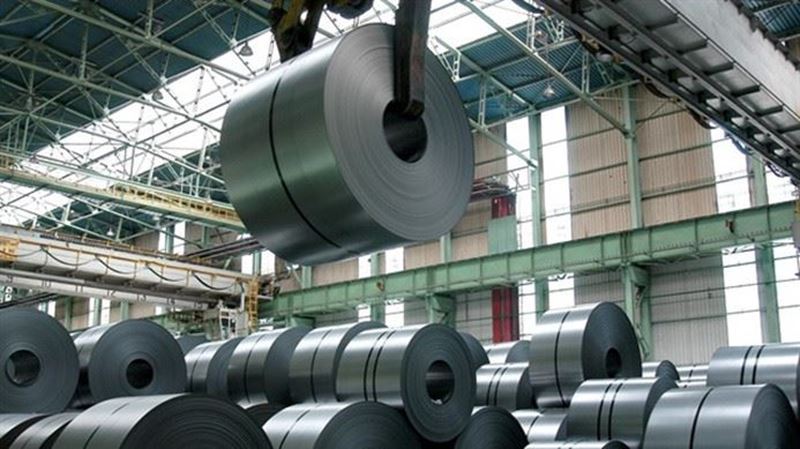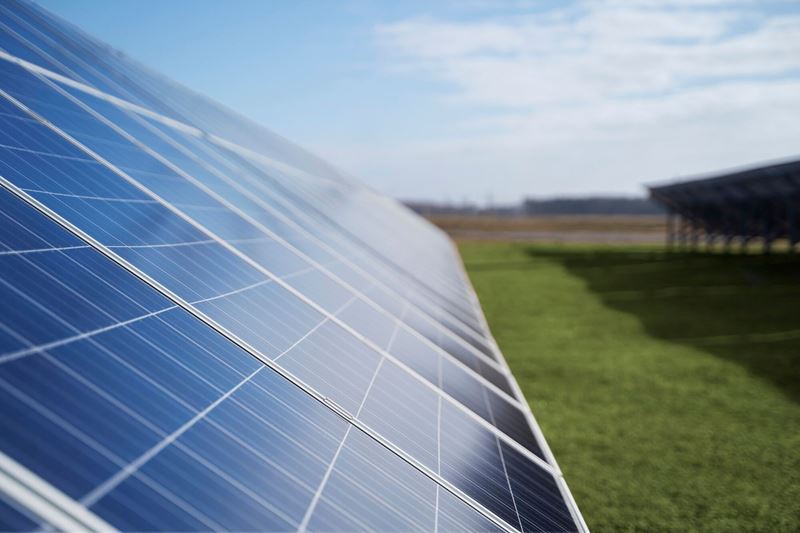The World Steel Association (worldsteel) today released an update of its Short-Range Outlook (SRO) for 2023 and 2024. Worldsteel forecasts that steel demand will increase by 1.8% in 2023 and reach 1,814.5 Mt in 2022, following a 3.3% contraction. In 2024, steel demand will rise by 1.9% to 1,849.1 Mt.
Türkiye's steel demand is expected to grow by a record 19 percent this year, with growth expected to continue in 2024. Türkiye's demand growth is supported by the reconstruction process following the earthquakes centered in Kahramanmaraş.
While China's steel demand is projected to grow by 2 percent this year as infrastructure investments and the real estate sector stabilize, the outlook for the country's steel demand in 2024 remains uncertain.
In Japan, demand is expected to fall by 4.2 percent in 2022, decline by 2.0 percent in 2023 and then grow by 0.6 percent in 2024.
Korea's steel demand is expected to grow by 3.3% in 2023 and 1.1% in 2024 after contracting by 8.5% in 2022.
In the European Union (EU), high energy costs and interest rates are having a negative impact on manufacturing activity, with steel demand expected to grow by 5.8 percent in 2024 after contracting by 5.1 percent this year.
In the US, where high interest rates are affecting steel-using sectors, steel demand is forecast to decline by 1.1 percent this year and grow by 1.6 percent in 2024.
China's outlook for 2024 remains uncertain
Commenting on the report, Maximo Vedoya, Chairman of Worldsteel's Economic Committee, said that steel demand has felt the impact of high inflation and interest rates and has declined sharply since the second half of 2022 as investment and consumption weakened.
Noting that this situation has continued this year, especially affecting the EU and the US, Vedoya said,
" We expect the recovery in steel demand in 2024 to be slow, given the lagging effects of tight monetary policy. Demand in emerging economies is expected to grow faster than in developed economies. We believe that the situation in China's real estate market will stabilize in the second half of the year and China's steel demand will register slightly positive growth thanks to government measures. China's outlook for 2024 remains uncertain, depending on policy directions to overcome the current economic challenges. We note that the Chinese economy is in a structural transition phase, which may create volatility and uncertainty. Other uncertainty is linked to regional conflicts in Russia and Ukraine, Israel and Palestine and elsewhere. This could lead to higher oil prices and further geo-economic fragmentation."
.jpeg)











Comments
No comment yet.